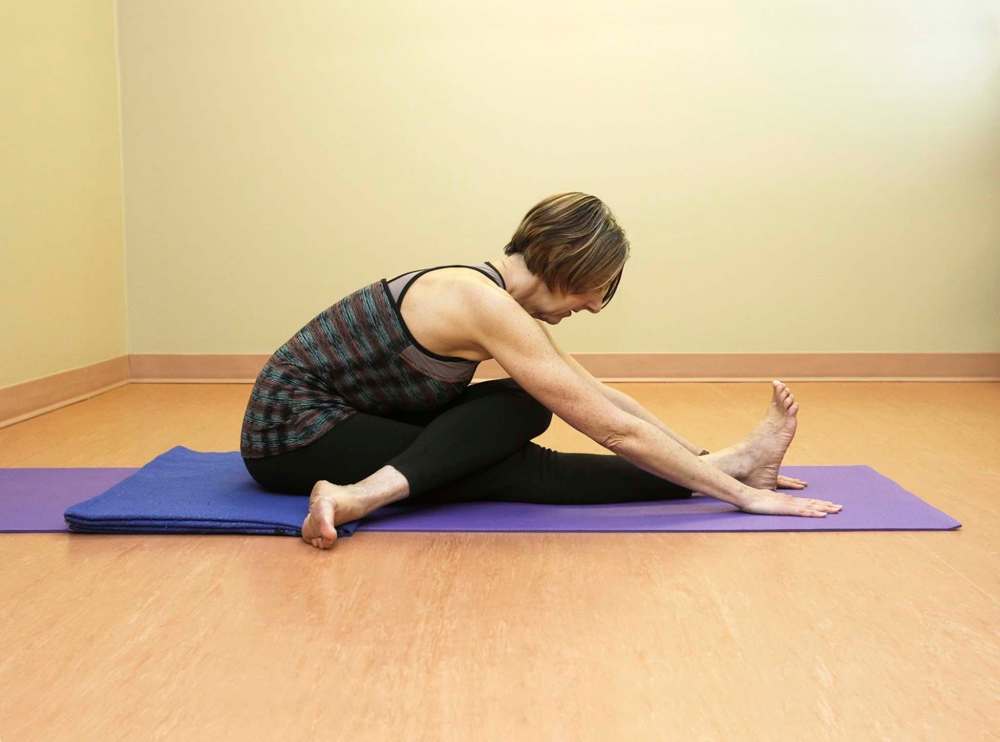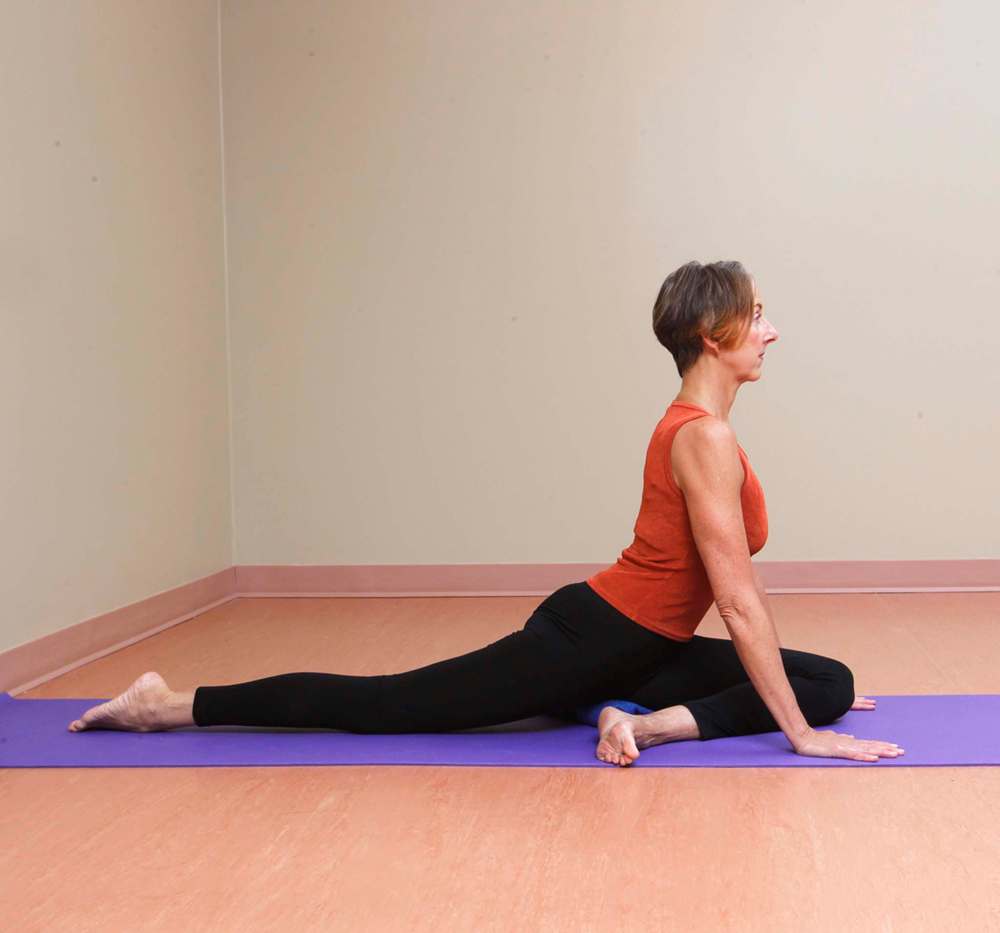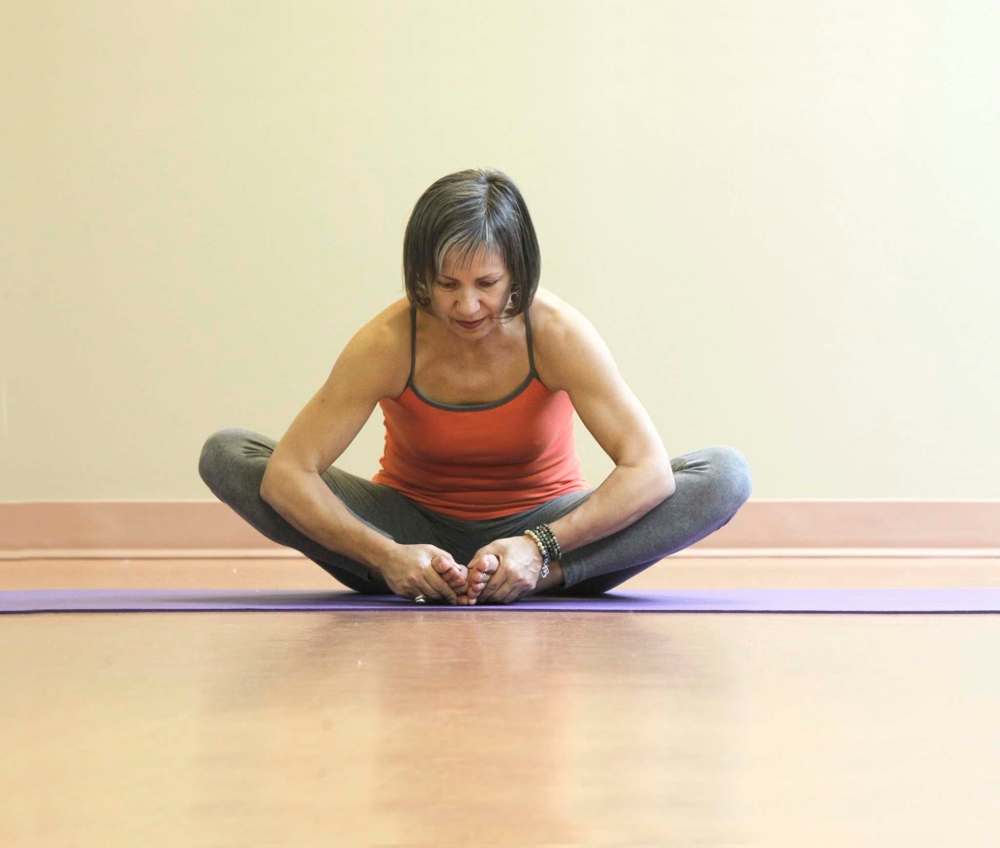Time to go all yin
Strengthen, lengthen and hold that pose
Advertisement
Read this article for free:
or
Already have an account? Log in here »
To continue reading, please subscribe:
Monthly Digital Subscription
$1 per week for 24 weeks*
- Enjoy unlimited reading on winnipegfreepress.com
- Read the E-Edition, our digital replica newspaper
- Access News Break, our award-winning app
- Play interactive puzzles
*Billed as $4.00 plus GST every four weeks. After 24 weeks, price increases to the regular rate of $19.00 plus GST every four weeks. Offer available to new and qualified returning subscribers only. Cancel any time.
Monthly Digital Subscription
$4.75/week*
- Enjoy unlimited reading on winnipegfreepress.com
- Read the E-Edition, our digital replica newspaper
- Access News Break, our award-winning app
- Play interactive puzzles
*Billed as $19 plus GST every four weeks. Cancel any time.
To continue reading, please subscribe:
Add Winnipeg Free Press access to your Brandon Sun subscription for only
$1 for the first 4 weeks*
*$1 will be added to your next bill. After your 4 weeks access is complete your rate will increase by $0.00 a X percent off the regular rate.
Read unlimited articles for free today:
or
Already have an account? Log in here »
Hey there, time traveller!
This article was published 06/05/2017 (3047 days ago), so information in it may no longer be current.
Anyone over the age of 10 notices how simply touching our toes becomes increasingly difficult. As we age, we tend to play and dance less and this reduction in physical movement has the unfortunate effect of shortening or tightening tendons, ligaments, joint capsules, cartilage, bones and the fascial network running throughout our body.
The human body is an integrated organism in which everything is connected. Muscle tissue is more closely woven at its outer range to become tendons, tendons become ligaments, and ligaments become bone. This internal connectivity is further ensheathed by fascia, which wraps around and through our circulatory, nervous, muscular and skeletal systems, as well as our digestive tract and organs.
Fascia’s protective job is to sense when our muscles are relaxed and safe before it will release its tension.

Often, fascia more than muscle is responsible for restricting our movement. Fascia needs to stretch to maintain health. However, it does not rebound as quickly as muscle and takes longer to release, which necessitates longer holds (three to five minutes) in yoga poses.
Herein lies the main benefit of a yin yoga practice.
Yin yoga consists of seated or supine (lying down) poses that target the denser, deeper, more plastic and less elastic connective tissues in our body. The primary focus of a yin practice is to apply moderate stress — that is prolonged stretching — to these connective tissues with the aim of increasing circulation in the joints and improving flexibility.
Unlike yang (active) yoga where muscular effort is used to express the poses, in yin, muscular effort is dropped and instead, the three following principles are adhered to:
- Softness — muscles are relaxed while you express the pose until you feel the sensation (your edge of discomfort), but not pain.
- Stillness — no moving, fidgeting or adjusting unless there’s pain or panic.
- Steadiness — passively remain still and present in the pose for three to five (or more) minutes.
Yin yoga is rarely taught to beginner practitioners who do not have stable or strong physical bodies. In addition, most beginner yogis have difficulty discriminating between discomfort and pain, which means they may move too deeply into the yin postures and potentially injure themselves.

Finally, the yin practice requires one to sit with discomfort for prolonged intervals. Being able to achieve this is a learned skill, and in a society bent on pursuing pleasure and avoiding pain, many beginners have not yet developed the mental, emotional and physical capacity to enjoy the yin practice.
For the most part, yin’s slower, more introspective style is best suited to those already physically active — athletes, martial artists and established yogis. This meditative approach to yoga is meant to complement more active physical practices, including yang yogas such as Ashtanga, Flow, Kripala, Hatha, etc., where strength requirements can round and shorten muscles and connective tissue. Yin counterbalances by relaxing and elongating these same tissues.
To create a balanced yoga practice, try a yin sequence one to two times per week accompanied by a more active yoga style two to four times weekly. The four yin poses illustrated below provide a great starting place.
Action: take each pose using the necessary props for your body. Move only to a depth in the pose where you feel sensation you can be with for the given length of time. (Note: too much sensation creates tension that can contract muscles rather than relax and release them.) Keep your breath and awareness on one specific area of sensation. Notice any changes in your body and gently move into any new space that is created.
For more advanced practitioners, hold each pose for five to 10 minutes.

Winnipeggers Helen Maupin (righttojoy.com) and Candace Propp (natureofcontentment.ca) are 500-hour certified yoga teachers and authors of the Creating Space: Yoga Actions book series. To purchase print or ebooks, see their websites. For yoga teacher training with them and Stacy Schroder, register at sereneyogastudio.com


